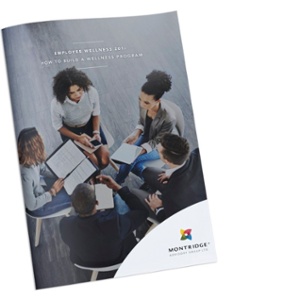It’s official! You’ve hired a new team member in this challenging labour market. Now you’ll want to develop a successful onboarding and orientation plan for your new hire. In our hybrid workplaces, it is critical to adapt to this new way of working by utilizing technology and opportunities to feel more connected.
Before Orientation Day
After signing and filing away the employment agreement, communicate the onboarding timeline with your new hire and your team right away. Using an internal document to keep you on track, such as a New Employee Checklist, ensures you won’t miss a beat with all the to-dos required before your new employee’s start date.
Getting set up is easier than ever, with a large variety of digital document platforms and software available for employers to take advantage of.
- Let your new employee know that you’ll be sending over documents in advance to get set up remotely (i.e. employee policy manual, payroll and tax forms, benefits enrollment, safety protocol). An HRIS dashboard simplifies the paperwork process even further.
- Arrange the drop-off or pickup of a work-from-home pack equipped with everything your new hire will need to get started. Include personal touches such as a welcome card signed by your team and some fun company swag to showcase a tidbit of your team culture.
- Summarize your health and safety protocol to ease any anxiety or stress related to working during a pandemic. Be understanding that your employee may not be used to a hybrid work environment and offer support where needed.

Get the Entire Team Involved
There’s nothing better than a warm welcome on your first day at work. A new employee can feel like adding a new member to your working family. Involve as many relevant people as you feel appropriate to support the orientation and onboarding process.
We all can appreciate the personable nature of an in-person introduction, but this connection is not always possible when working remotely. Our hybrid working environment makes it easier than ever to connect via videoconferencing, and in that way, you can set up 1:1s easily. Offer a mix of both when building out your orientation schedule and allow flexibility throughout the week for your team to adjust their schedules as needed to meet with and train your new hire comfortably and safely.
Orientation Schedule
Create an engaging and productive orientation schedule that accommodates a mix of in-person and remote interactions and work assignments. Here are a few tips to keep in mind when building out your new employee’s first few days:
1. Connect with the new hire’s team and those in roles they will work closely with. Create a schedule of introductions for the first 1 to 3 days. Email in advance to all of those involved and decide whether the meetings will be on-site, in-person, remotely on video conferencing or even a phone call for a quick chat.
2. Make time for a health and safety orientation. Employees must be provided with a safety orientation early on their first day to communicate any known hazards and work processes. It is best to ensure this happens on their first day, whether this is a quick snapshot of your safety protocol or a thorough half-day walkthrough focused on your entire health and safety program.
3. Plan a team event or fun activity to help your team connect and welcome the new team member.
4. Schedule check-ins to touch base and gather feedback about the orientation process. Your new employee is coming into your organization with a fresh perspective. Ask for feedback as they go through the hybrid model of orientation and onboarding program. Make time for a check-in with your new hire at least once or twice within the first few days.

Onboarding Continues
Continue gathering feedback throughout the onboarding process. At the end, ask for suggestions about the technology and processes used. A successful onboarding program requires constant improvements and adjustments to follow suit with the changes that happen over time within the scope of the employee experience. Be open and continue to monitor the success of your program in this way.

.jpeg?height=100&name=Tierra%20Madani%20(2).jpeg)






